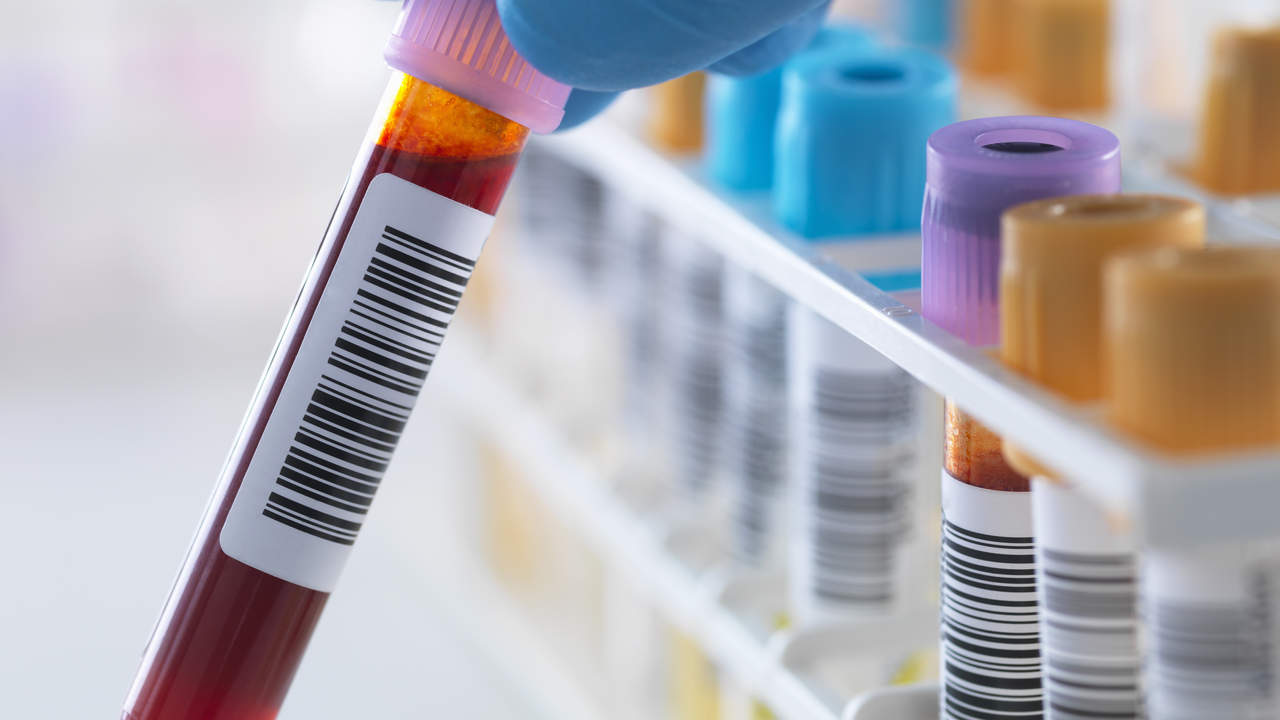Although it may seem like a simple disease, celiac disease, in which people are sensitive to gluten, is a condition that requires extreme attention. The way whether a person has celiac disease is to do Anti Gliadin IgA and IgG tests. Let’s examine in all details the questions that are curious about what is Anti Gliadin IgA and IgG, what should be the reference interval.
Our body has a very complex system and each body has its own characteristics. For example, cereals, which form the basis of our food, can cause serious problems in some people due to the gluten in them. This condition, called celiac disease, is much more common than we think. for a definitive diagnosis Anti Gliadin IgA and IgG tests are required.
With the Anti Gliadin IgA and IgG test, it is revealed whether the person is sensitive to gluten. For this reason, the result of these tests, which is extremely important, is required to be negative. Depending on the reference range, recommendations such as lifestyle changes or medication may be made by your physician. What is Anti Gliadin IgA and IgG, what does it mean to be positive? Let’s take a closer look and get to know a little about celiac disease.
First of all, let’s understand what we are talking about; What is Anti Gliadin IgA and IgG?
Anti Gliadin IgA and IgG is the name of the test. Measured by this test Antibodies of the Selective Immunoglobulin A and G types. The main task of these antibodies is to protect the mucosa in the digestive tract against possible infections. The fact that these antibodies, which are extremely important for our body, are not produced, does not create a vital problem, but the person may experience mild infections and sometimes severe infections.
What about the Anti Gliadin IgA and IgG test?
Anti Gliadin IgA and IgG test measures the value of Selective Immunoglobulin A and G type antibodies in our body. In fact, the value of these antibodies There are three different tests that measure; Anti-tissue transglutaminase antibodies IgG/IgA, Anti-endomysial antibodies IgG/IgA, Anti-deamide gliadin antibodies IgG/IgA. These tests are considered to be the most clear markers for the presence of celiac disease.
What should be the ideal Anti Gliadin IgA and IgG reference range?
As a result of the Anti Gliadin IgA and IgG tests, the value of the Selective Immunoglobulin A and G type antibodies in your body If it is less than 20 units, the result is negative, If it is between 20 and 30 units, the result is considered weakly positive, and if it is 30 units or more, the result is considered positive. If you are positive as a result of this test, which is requested to be negative, the thought that you have celiac disease is reinforced.

When should the Anti Gliadin IgA and IgG test be done?
Of course, this is decided by the doctor, not you. If you experience symptoms similar to gluten intolerance and if these have been going on for a long time You should see a specialist doctor. If your doctor suspects celiac disease based on the symptoms you describe and the examination, he or she may ask you for Anti Gliadin IgA and IgG tests.
Beware if diagnosed, what is celiac disease?
If your Anti Gliadin IgA and IgG test results are positive and you have been diagnosed with celiac disease, do not worry, you have become one of almost every hundred people. Celiac disease, also known as gluten-sensitive enteropathy, is a disease in which the body has an incorrect immune response to a protein called gluten, found in grains.
In the mucous membrane of our intestines, protrusions called villi absorb nutrients and allow them to mix with the blood. Inflammation in celiac patients villi protrusions disappear. This causes the food not to be absorbed.
Studies on celiac disease are ongoing because experts still think it is an autoimmune disease originating from the immune system or not. some kind of allergic reaction They could not come to a definite conclusion. Studies have shown both autoimmune and allergic factors. So the body may be reacting to gluten more than once.

Well, why does celiac disease happen?
A negative anti-gliadin IgA and IgG test is the result, not the cause, of celiac disease. The exact cause of celiac disease is unknown. The hereditary effects are known to be very high because if there is celiac in the family, the risk of other individuals being celiac increases as well. It is possible to say that environmental factors also have a significant impact.
Anti Gliadin can be detected without IgA and IgG testing; Celiac disease symptoms
- Stomach ache
- Swelling
- oily diarrhea
- chronic diarrhea
- Vomiting
- Anorexia
- Constipation
- weight loss
- Border
- Osteoclasis
- bone pain
- muscle weakness
- itchy body
- skin rashes on the body
- burning sensation in tongue
- Weakness
- Bleeding
- night blindness
- hoarseness
- Depression
- epileptic seizures
- dizziness
- joint pains
- oral aphthae
- attention disorder
While these are all signs of celiac disease, there is no such thing as a must-see. In general, these patients only abdominal pain, bloating and diarrhea are seen. These do not happen constantly, but when gluten-containing food is eaten.

Foods that celiac patients should avoid:
- Wheat
- Oat
- Barley
- Rye
- Bulgur wheat
- Pasta
- Noodle
- Noodle
- Couscous
- Biscuit
- Smear
- Ice cream
- Bread
- Semolina
- Cracker
- Pastry
- Cake
- Muffin
- Bran
- Malt
- Meatballs with Bread
- Meatballs with bulgur added
- Flour-cooked fish
- Sausage cooked in flour
- Grain yogurt
- flour desserts
- Bulgur soup
- Floured vegetables
Yes, the list goes on and on because unfortunately many things contain gluten. It is possible to reproduce derivatives though it is enough to keep in mind wheat, oats, barley and rye. You can add items made from them to the list.

Foods that celiac patients can eat safely:
- Meat
- Fish
- Egg
- Dairy products
- Rice
- Rice flour
- Starch
- buckwheat
- Sweetcorn
- Foods made with corn
- cornbread
- Gluten-free bakery foods
- flax plant
- Soy
- potato flour
- all vegetables
- all fruits
Of course, you have to be careful while consuming them because especially in prepared foods It is widely used in products containing gluten. For this reason, before consuming any product that you did not prepare yourself, you should make sure that it does not contain gluten.
used in the diagnosis of celiac disease What is the Anti Gliadin IgA and IgG test, what is the reference value We tried to define the disease through questions. What we describe is for informational purposes only. As with all health issues, remember that you should get the most accurate and specific information from a specialist physician.
Source: 1 2 3 4
